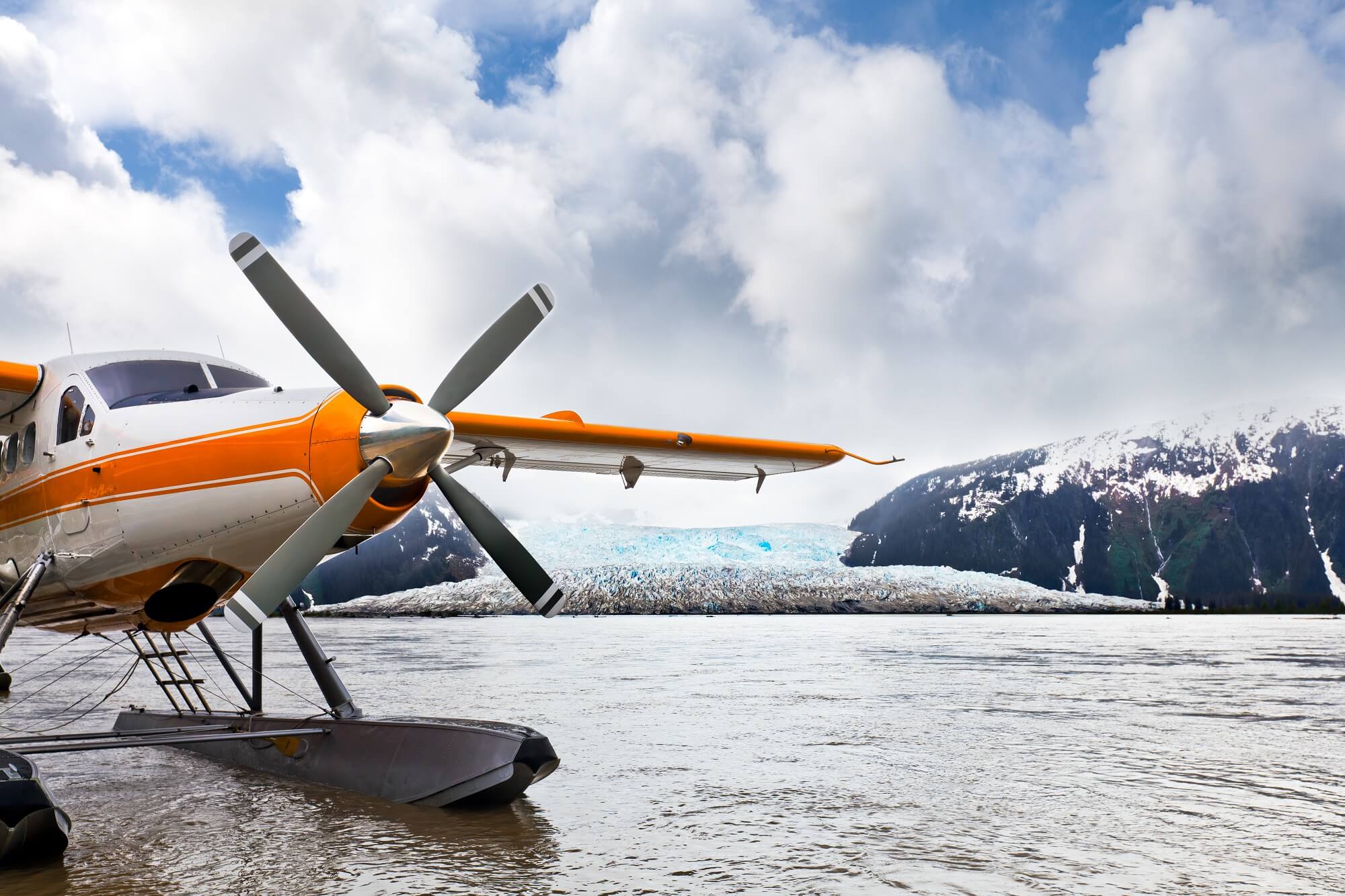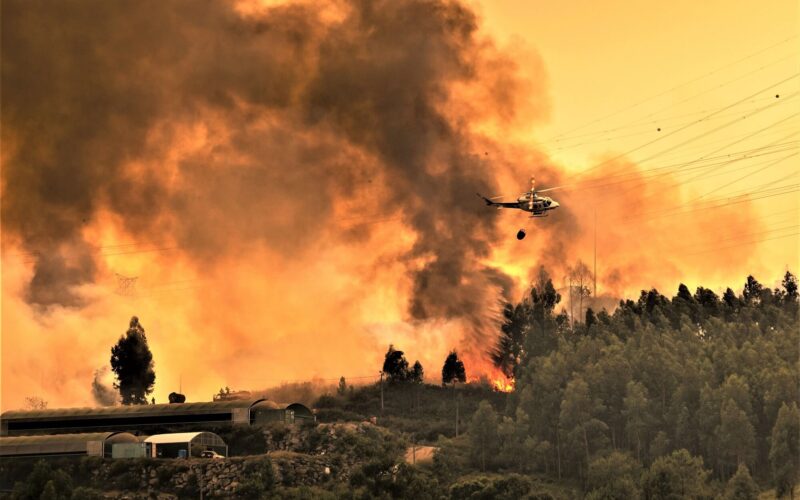It supports 87.7 million jobs around the world and contributes $3.5 trillion to world economic activity, so it’s no wonder that the aviation industry is considered central to international trade and economic development.
No one could argue that air transport plays a vital role in the global supply chains of other industries as it is primarily used for the transportation of time-sensitive goods. However, there are more instances where the advantages of aviation in terms of time, speed, and flexibility are evident.
Today, AeroTime presents ten real-world examples of why aviation is essential for society’s well-being.
10. Aerial firefighting
As our climate changes, governments around the world are allocating more and more money to control wildfires which burn vast swathes of land and unleash astounding amounts of greenhouse gases into the atmosphere. Depending on the extent and severity of the fire, various aerial resources, including fixed-wing aircraft, helicopters, smokejumpers, rappelers, flying boats, and amphibious aircraft are used in the fight.
Aerial firefighting crews perform extremely difficult and dangerous low flights over burning areas, which in some cases may reach an altitude of up to 200 feet above the treetops. The goal of aerial firefighting is not to put out the fire directly, but to provide support for firefighters on the ground by dumping water, fire retardants, or water enhancers, including specially formulated foams and gels. The move helps to build a fire line around uncontrollable flames and allows the ground firefighting teams to encircle the area with firebreaks.
Aircraft used for such operations are typically fitted with tanks or additional equipment making them capable of carrying specific buckets. The water reservoirs are filled either at an air tanker or helicopter base, or water could be skimmed from lakes and other ponds without the need to land depending on the type of aircraft.
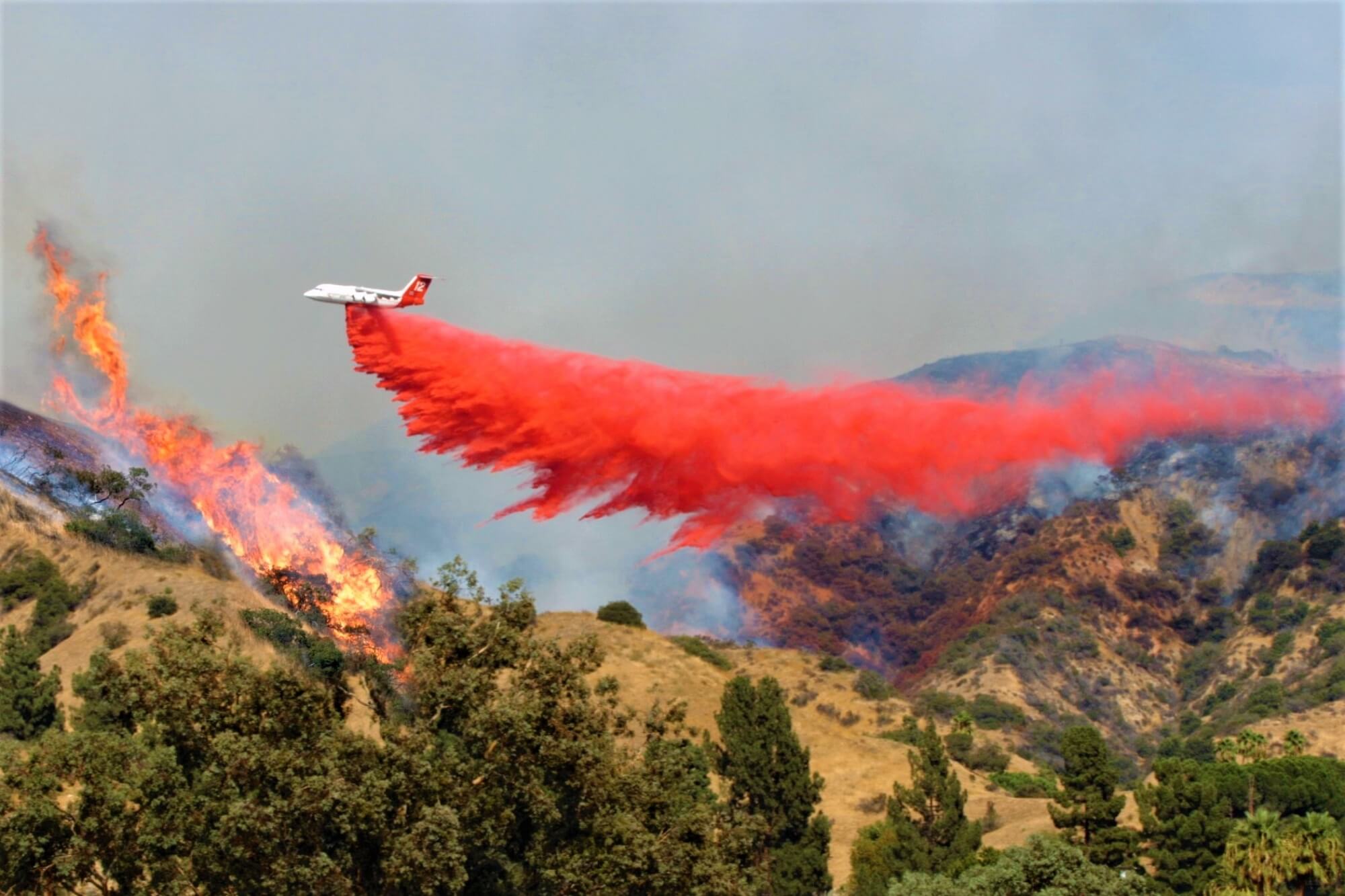
9. Air medical services
Air ambulance is another example of a service where aviation plays an essential role. Flying ambulances are specially outfitted helicopters or fixed-wing planes, such as turboprops or jets, which provide a helping hand for severely injured or sick patients in need of quick transportation.
Despite the high cost of such a service, its main advantage is the flexibility of medical personnel, including flight paramedics, nurses, and various therapists, to respond faster to a medical emergency in remote areas or places where a conventional ground ambulance cannot reach the patient.
Aircraft used for medical emergencies can be divided into two categories: turboprop rescue planes and ambulance jets. Even though turboprop planes such as the King Air 90, King Air 200 or Piper Cheyenne are considered slower than ambulance jets, they have lower operating costs. They can also land closer to the location because they are usually capable of landing at small regional airports which have shorter runways.
Meanwhile, ambulance jets such as the Learjet, Citation Bravo, Citation Mustang, Bombardier Challenger, Hawker, or Embraer Phenom need longer runways to land but have the advantage of speed and range.
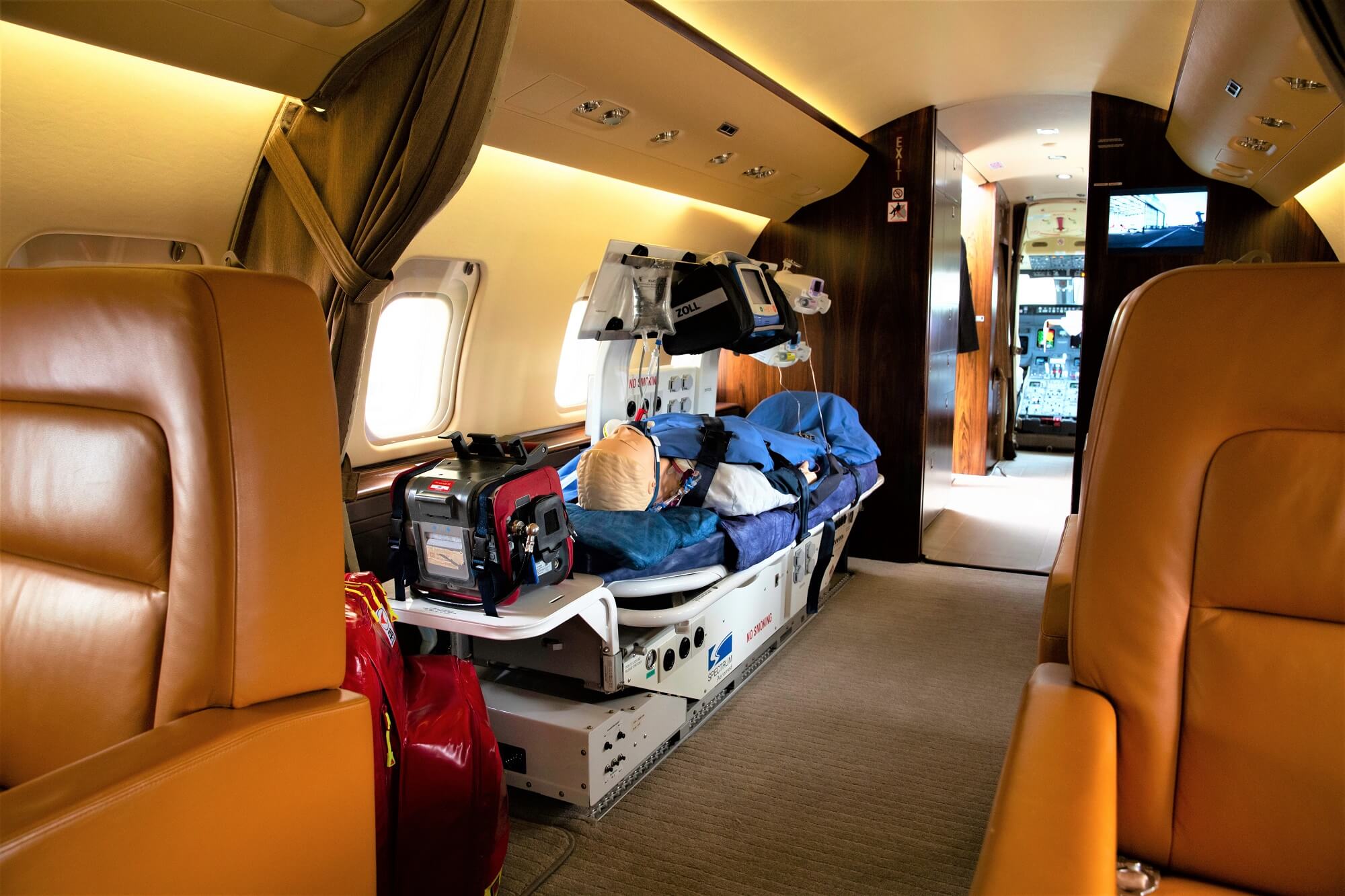
8. Border control
Aircraft have become an indispensable tool for border surveillance and control. The use of both drones and piloted aircraft in civilian border surveillance is now being widely recognized.
Government agencies operate unarmed surveillance aircraft, typically helicopters, modified civilian planes or unmanned aerial vehicles (UAVs), for non-military operations in order to detect cross-border crime.
Aircraft used for these missions can fly both day and night. And they have the capacity to live-stream visual material and other information directly to the relevant authorities, allowing them to assess the situation in real time and respond immediately if necessary.
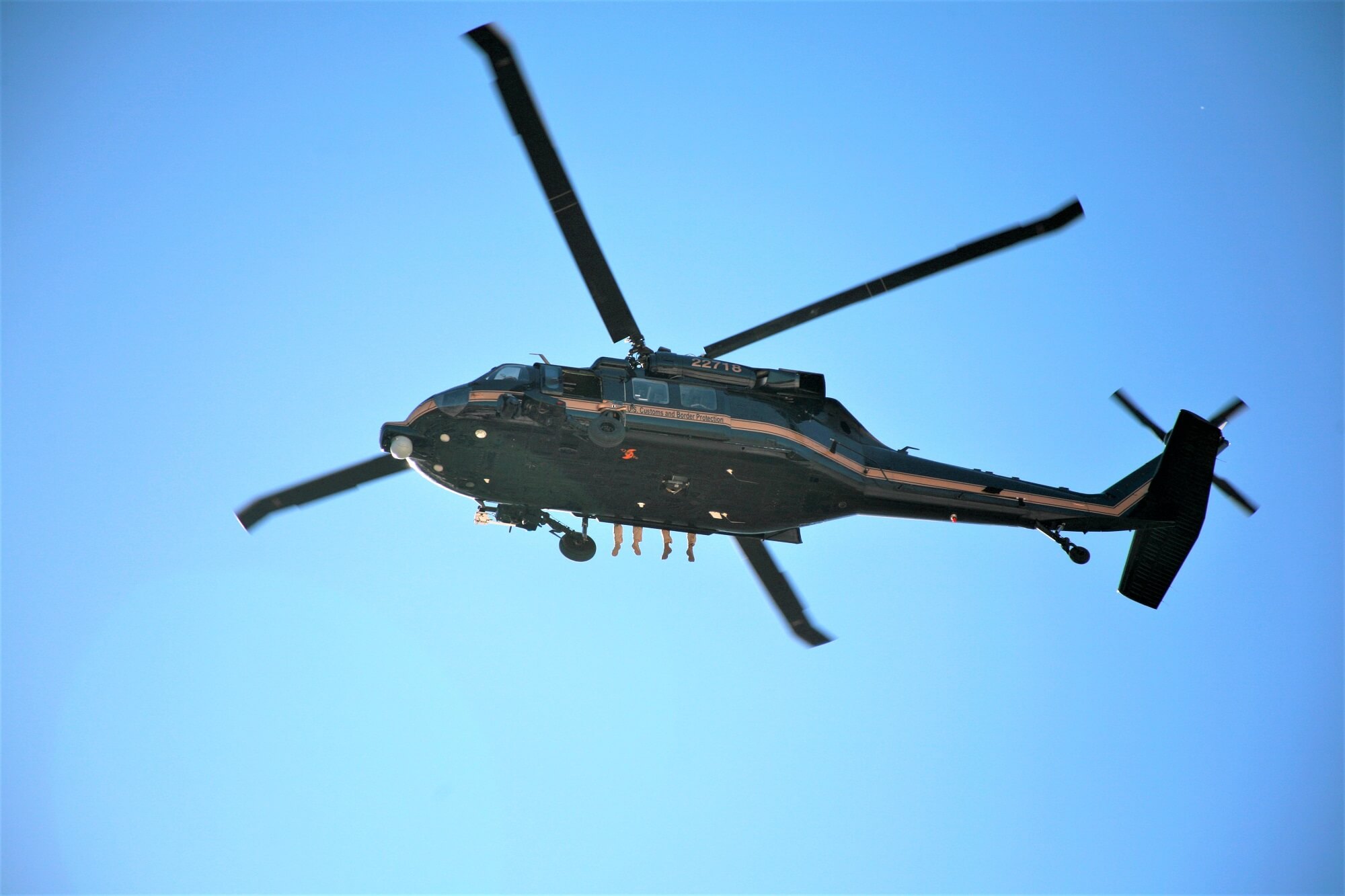
7. Coast guard forces
The function of coast guard missions is similar to border control. Both aerial services support governmental authorities which are responsible for the monitoring and regulation of the movement of people, animals and goods across borders. However, if the border control is more focused on movement control across land and air borders, the coast guard usually monitors maritime borders.
The coast guard usually operates small fixed-wing and rotary-wing planes and helicopters, including Schweizer RU-38s, Gulfstream C-37As, EADS HC-144As, and TKC Aerospace C-143As or Alenia Aermacchi HC-27Js as well as McDonald Douglas MH-90s, Agusta MH-68s, Sikorsky HH-60Js or CASA 212-300s.
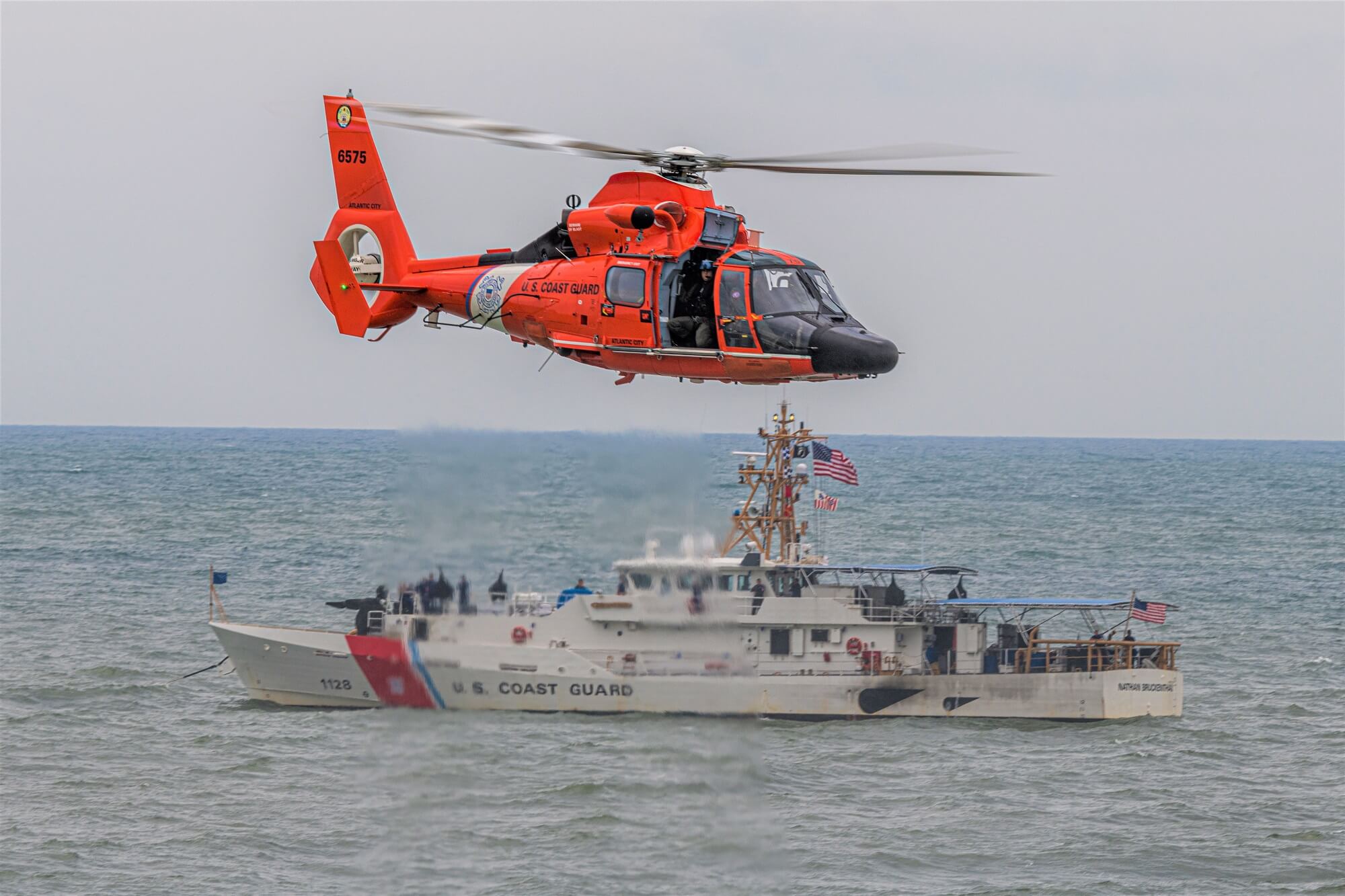
6. Mountain rescue
Who helps people who get lost in the mountains? The mountain rescue service is another example where aviation plays a key role in ensuring people’s safety when they are in distress.
Mountain rescue is an all-weather search and rescue asset. It involves local mountaineers and hill walkers as well as professionally trained rescue professionals and aircrew who provide search and rescue helicopter (SAR) response to emergency situations.
SAR helicopters are usually equipped with crampons installed onto their so-called ‘ice skates’ that help the craft to remain stable upon takeoff or landing in extreme weather conditions such as snow and ice. However, some of the helicopters are not winch-equipped in order to allow the aircraft the same rescue capabilities as helicopters used in coast guard services.
Mountain rescue aircraft are also equipped with medical equipment. Features can include defibrillators, intravenous infusion sets and comprehensive resuscitation kits, portable suction units and medical kits for critical patients as well as additional medical equipment including chest drainage equipment, intubation equipment, amputation sets, and patient immobilizing kits.
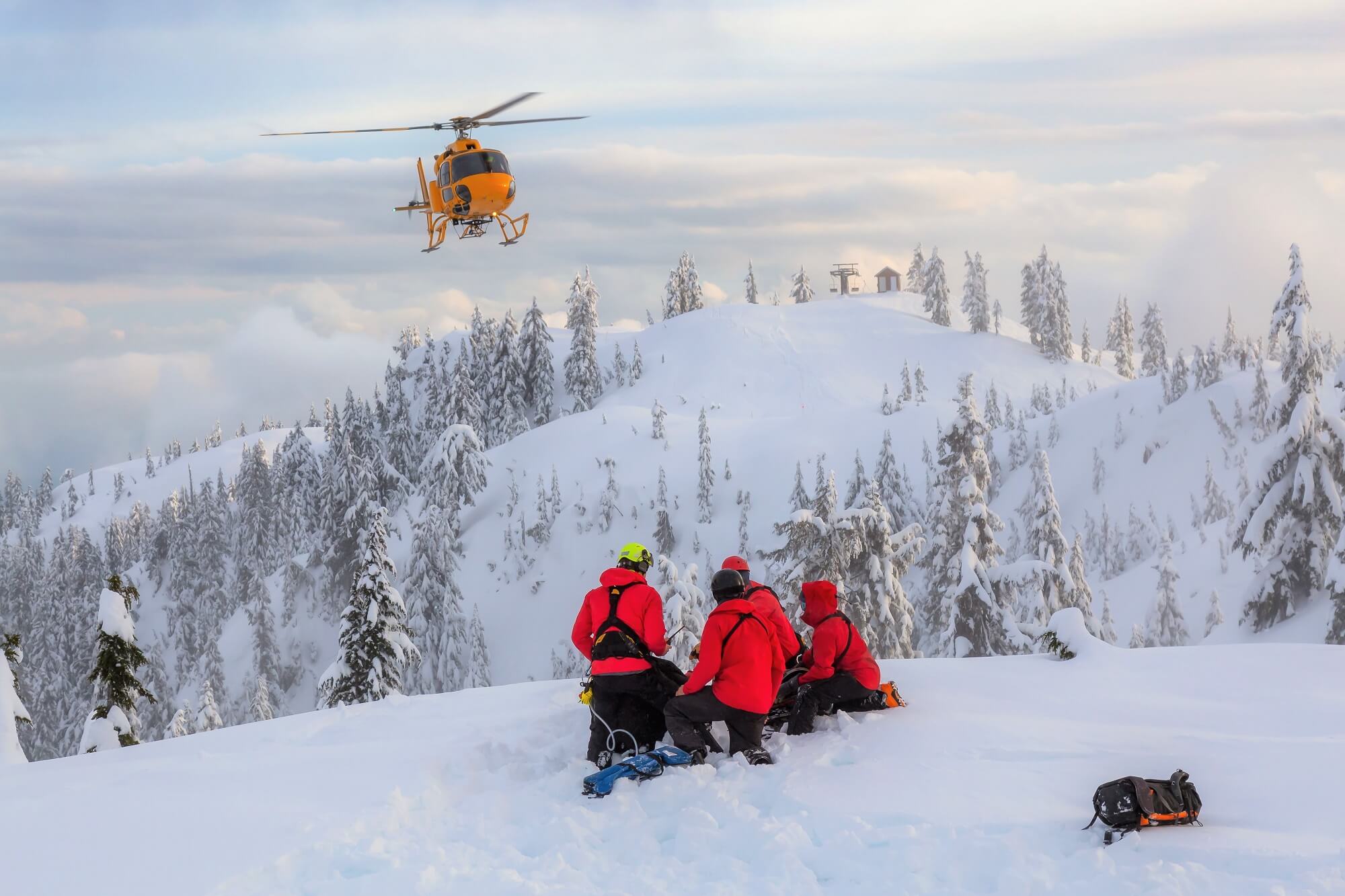
5. Air police
It’s not just firefighters, doctors and rescue teams who rely on aviation. Police services also perform air missions for traffic control, ground support, air patrol, high-speed car pursuits, and oversight of large-scale public events.
In some cases, police use fixed-wing planes to transport personnel and necessary equipment. But, most commonly, they use rotary-wing aircraft (or helicopters) which are designed to perform multiple functions. For instance, a police helicopter could be used for a high-speed car pursuit as well for search-and-rescue or as an air ambulance.
Some air police units also use fixed-wing planes, which allows for higher and quieter surveillance than a helicopter.
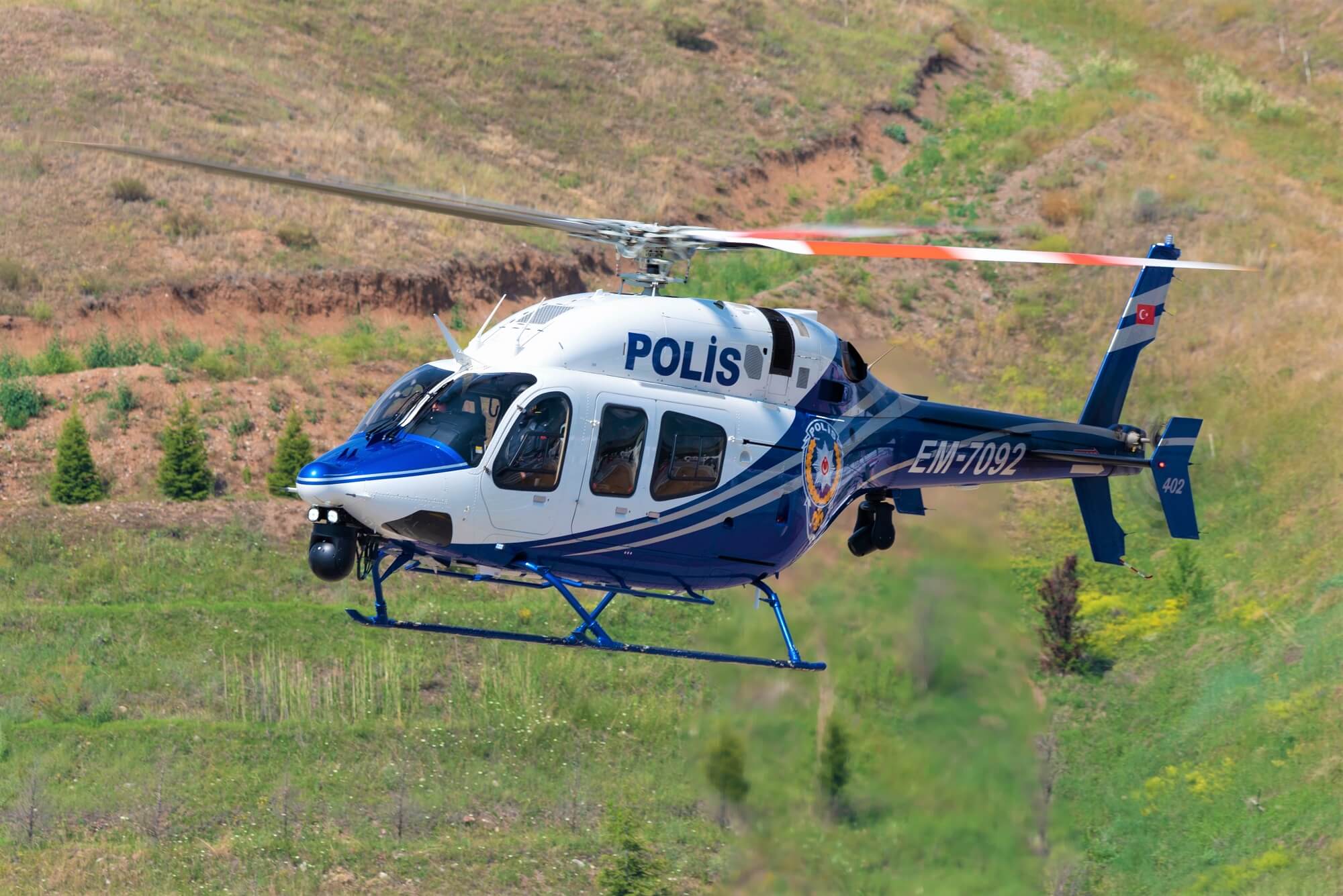
4. Agricultural services
Sometimes it is beneficial to convert a small aircraft for agricultural use. These aircraft are used for aerial application of pesticides or fertilizers as well as for hydroseeding.
Generally, fixed-wing aircraft are selected for these activities. Agricultural aircraft typically have piston or turboprop engines and are equipped with strengthened flight decks to protect a pilot in case of an incident. There can be risks associated with agricultural aircraft as, in order to reduce the drift of sprayed materials during aerial topdressing or crop-dusting, a pilot attempts to fly closer to the field, which is sometimes surrounded by trees or farm buildings.
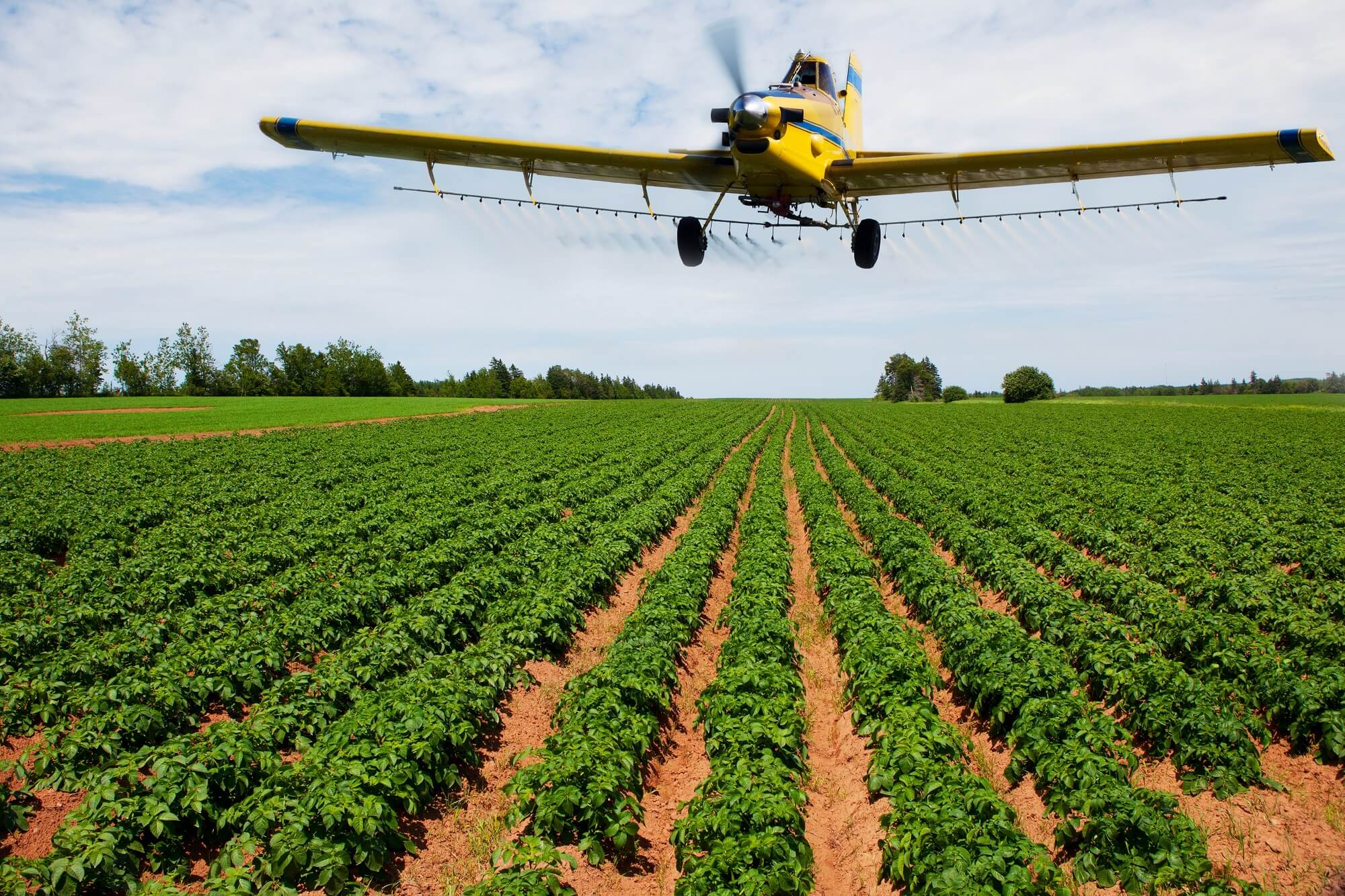
3. Natural disaster relief
Aviation can be a lifeline during natural disasters, including floods, earthquakes, severe storms, and large-scale public health emergencies. In such cases, rapid response is often required, but since ground transport is not always able to reach the affected area fast enough, aircraft can offer a better means of transport.
In the event of a natural disaster, search and rescue teams use aircraft for aerial assessment of the damage. They may also need to fly in medical and emergency relief teams as well as deliver critical medical and relief supplies, such as drugs, food, drinking water and tents. Rescuers often need to relocate survivors or evacuees of affected areas to temporary shelters using aircraft.
The main role of aviation in natural disaster relief is to coordinate and support humanitarian logistics and provide medical aid goods and equipment if necessary.
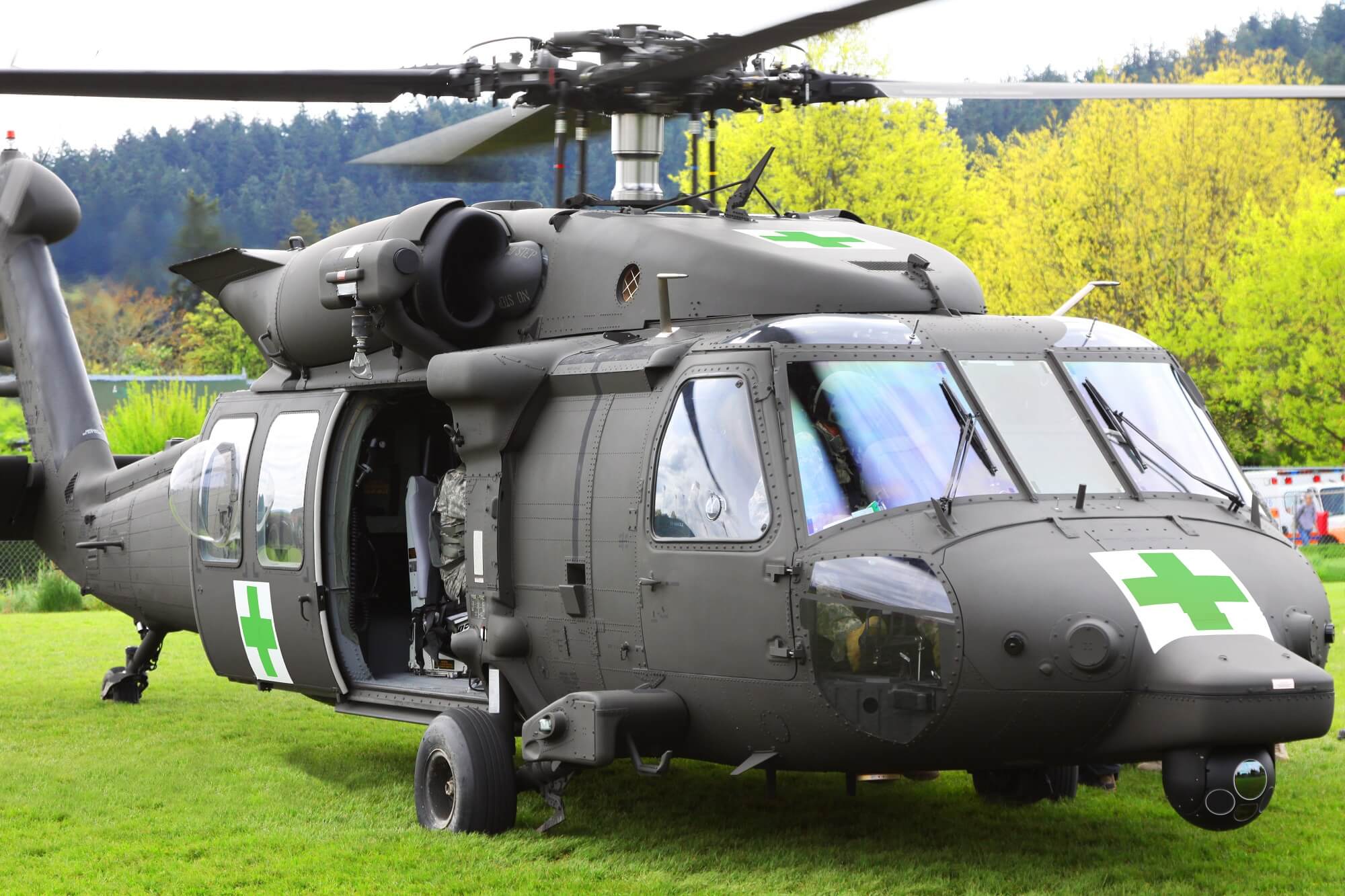
2. Evacuation missions
In conflict or disaster areas regarded as unsafe for civil aviation, evacuation missions, which are also called relief flights, are the only option for civilian evacuations.
Crowded airports and chaotic scenes must be dealt with by the crew performing these missions. Many evacuation flights from conflict areas are carried out by the United Nations Humanitarian Air Service (UNHAS). However, they might be also conducted by the country’s government or embassies aiming to return their citizens to their home countries. Usually, civil airlines and civil airports are also involved in the whole evacuation process, which is often supported by the international humanitarian movement, the Red Cross.
As part of this close cooperation, parties carry out passenger and cargo flights during a crisis and during the reconstruction phase.
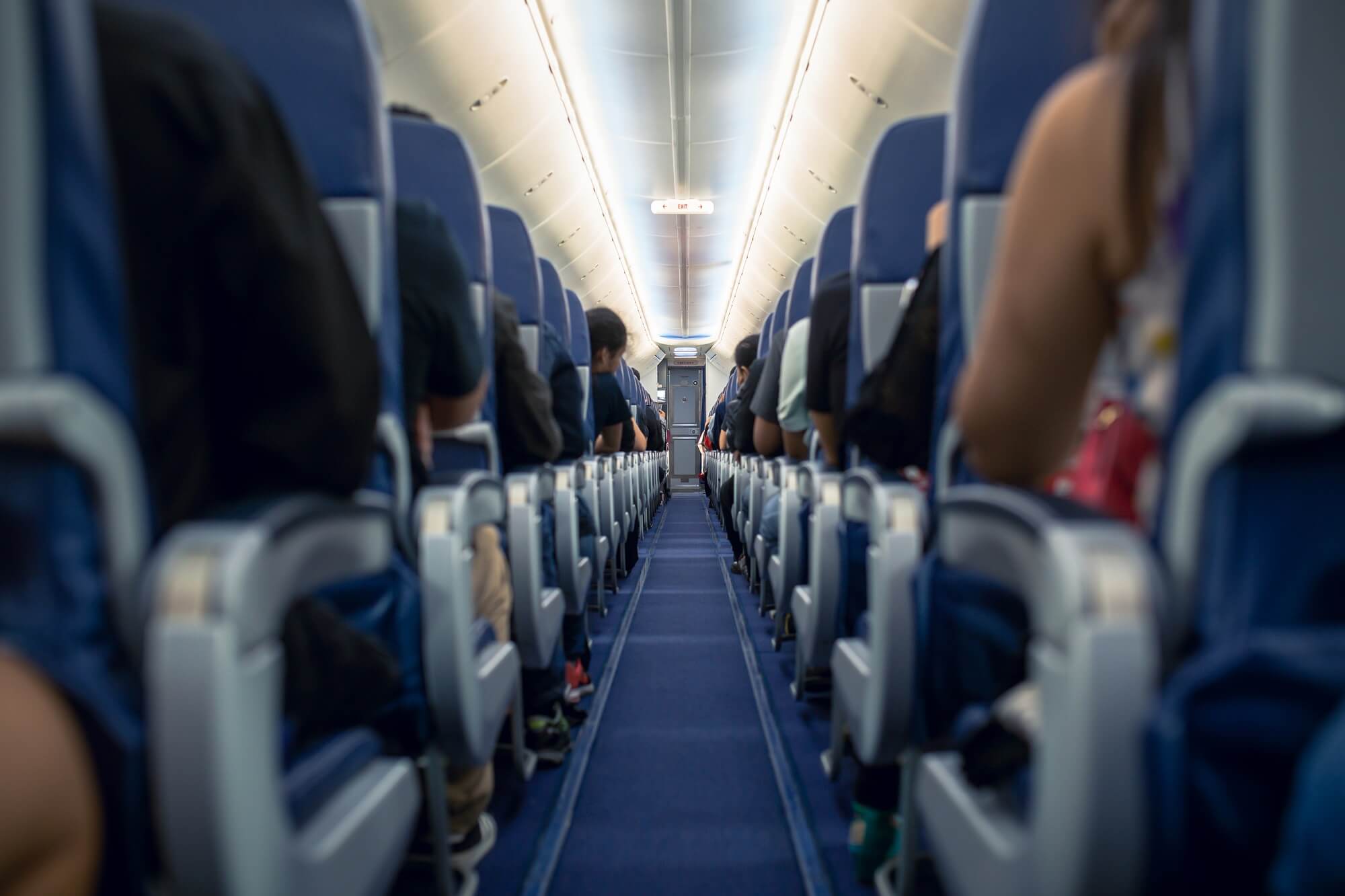
1. Serving rural areas
Even though airports often serve as a focal point of economic development in densely populated urban areas, aviation is even more significant for remote areas.
The wilderness, coupled with adverse weather conditions, has created significant transportation challenges across some parts of the world, including the North Pole, Greenland, Alaska, and other remote small islands, such as the Federated States of Micronesia.
As a result, the aviation industry has become the most suitable solution for essential travel, such as delivering supplies, food, mail, and people to hard-to-reach areas across remote territories. Air connectivity in some of those places is the only option for local communities due to challenging geographic circumstances.
